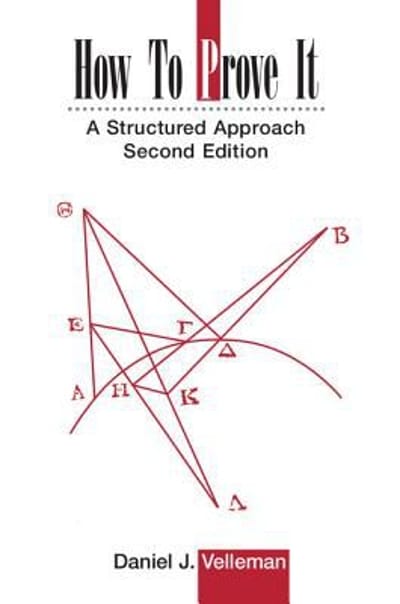Question
1.Recreational Time A researcher wishes to see if there is a difference between the mean number of hours per week that a family with no
1.Recreational Time A researcher wishes to see if there is a difference between the mean number of hours per week that a family with no children participates in recreational activities and a family with children participates in recreational activities. She selects two random samples and the data are shown. Use 1 for the mean number of families with no children. At =0.10, is there a difference between the means? Use the critical value method and tables.
X n
No children 8.9 2.9 20
Children 10.1 2.9 20
Part 1 of 5
(a) State the hypotheses and identify the claim.
H0: (Choose one)
H1: (Choose one)
This hypothesis test is a (Choose one) test.
(b) Find the critical value(s). Round the answer(s) to at least two decimal places. If there is more than one critical value, separate them with commas.
Critical value(s): ?
(c) Compute the test value. Always round z score values to at least two decimal places.
z= ?
(d) Make the decision.
Do not reject the null hypothesis. ?
2.Monthly Social Security Benefits The average monthly Social Security benefit in 2004 for retired workers was $958.80 and for disabled workers was $907.95. Researchers used data from the Social Security records to test the claim that the difference in monthly benefits between the two groups was greater than $30. Based on the following information, can the researchers' claim be supported at the 0.05 level of significance?
Retired Disabled
Sample size 60 60
Mean benefit $958.80 $907.95
Population standard deviation $98 $101
Use 1 for the average monthly Social Security benefit for retired workers.
(a) State the hypotheses and identify the claim.
H0: (Choose one)
H1: (Choose one)
This hypothesis test is a (Choose one) test.
(b) Find the critical value(s). Round the answer(s) to at least two decimal places. If there is more than one critical value, separate them with commas.
Critical value(s): ?
(c) Compute the test value. Always round z score values to at least two decimal places.
z=?
(d) Make the decision.
(Choose one) the null hypothesis
3.Tax-Exempt Properties A tax collector wishes to see if the mean values of the tax-exempt properties are different for two cities. The values of the tax-exempt properties for the two samples are shown. The data are given in millions of dollars. At =0.10, is there enough evidence to support the tax collector's claim that the means are different?
City A City B
10 52 13 27 52 80 53 65
15 31 16 31 49 53 34 55
19 27 30 38 49 59 44 64
Use 1 for the mean value of tax-exempt properties in City A. Assume the variables are normally distributed and the variances are unequal.
Part 1 of 5
State the hypotheses and identify the claim with the correct hypothesis.
:H0 (Choose one)
:H1 (Choose one)
This hypothesis test is a (Choose one) test.
Part 2 of 5
Find the critical value(s). Round the answer(s) to at least three decimal places. If there is more than one critical value, separate them with commas.
Critical value(s): ?
Part 3 of 5
Compute the test value. Round the sample statistics and final answer to at least three decimal places.
t=?
Make the decision.
(Choose one) the null hypothesis.
4.Cholesterol Levels A medical researcher wishes to see if he can lower the cholesterol levels through diet in 6 people by showing a film about the effects of high cholesterol levels. The data are shown. At =0.10, did the cholesterol level decrease on average? Use the critical value method and tables.
Patient 1 2 3 4 5 6
Before 244 215 213 221 206 218
After 216 201 194 192 203 214
(a) State the hypotheses and identify the claim.
H0: (Choose one)
H1: (Choose one)
This hypothesis test is a (Choose one) test.
(b) Find the critical value(s). Round the answer to at least three decimal places. If there is more than one critical value,
separate them with commas.
Critical value(s): ?
c) Compute the test value. Round intermediate calculations and final answers to at least three decimal places.
t-value=?
(d) Make the decision.
(Choose one) the null hypothesis.
5.Victims of Violence A random survey of 87 women who were victims of violence found that 27 were attacked by relatives. A random survey of 55 men found that 6 were attacked by relatives. At =0.01, can it be shown that the percentage of women who were attacked by relatives is greater than the percentage of men who were attacked by relatives? Use p1 for the proportion of women who were attacked by relatives. Use the critical value method with tables and round all intermediate calculations to at least three decimal places.
(a)State the hypotheses and identify the claim with the correct hypothesis.
:H0(Choose one)
:H1(Choose one)
This hypothesis test is a (Choose one).
(b)Find the critical value(s). Round the answers to two decimal places.
Critical value(s):?
(c)Compute the test value. Round the answer to at least two decimal places.
z=?
(d)Make the decision.
(Choose one) the null hypothesis.
Step by Step Solution
There are 3 Steps involved in it
Step: 1

Get Instant Access to Expert-Tailored Solutions
See step-by-step solutions with expert insights and AI powered tools for academic success
Step: 2

Step: 3

Ace Your Homework with AI
Get the answers you need in no time with our AI-driven, step-by-step assistance
Get Started


